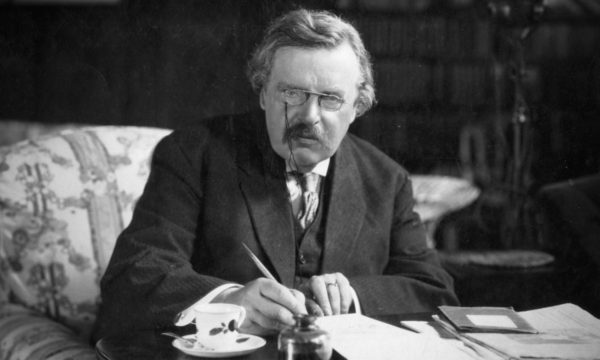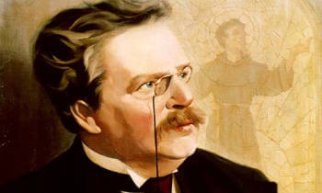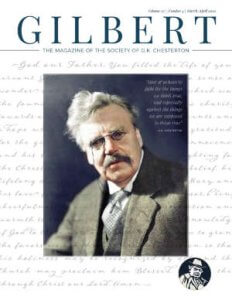Throughout his career, Chesterton was a vigorous enemy of pacifism. What he did believe in was the right, or the duty rather, of self-defense and the defense of others.
Chesterton was also a vigorous enemy of militarism. Both ideas, he argued, were really a single idea — that the strong must not be resisted. The militarist, he said, uses this idea aggressively as a conqueror, as a bully. The pacifist uses the idea passively by acquiescing to the conqueror and permitting himself and others around him to be bullied. Of the two, Chesterton thought the pacifist far less admirable. In fact, the pacifist, for him, was “the last and least excusable on the list of the enemies of society.”
They preach that if you see a man flogging a woman to death you must not hit him. I would much sooner let a leper come near a little boy than a man who preached such a thing.
This should not be understood as a lust for fighting. “The horror of war,” Chesterton wrote, “is the sentiment of a Christian and even of a saint.” But in refusing to strike any blow, pacifists announce their readiness to surrender the higher ideals of “liberty, self-government, justice, and religion.”





